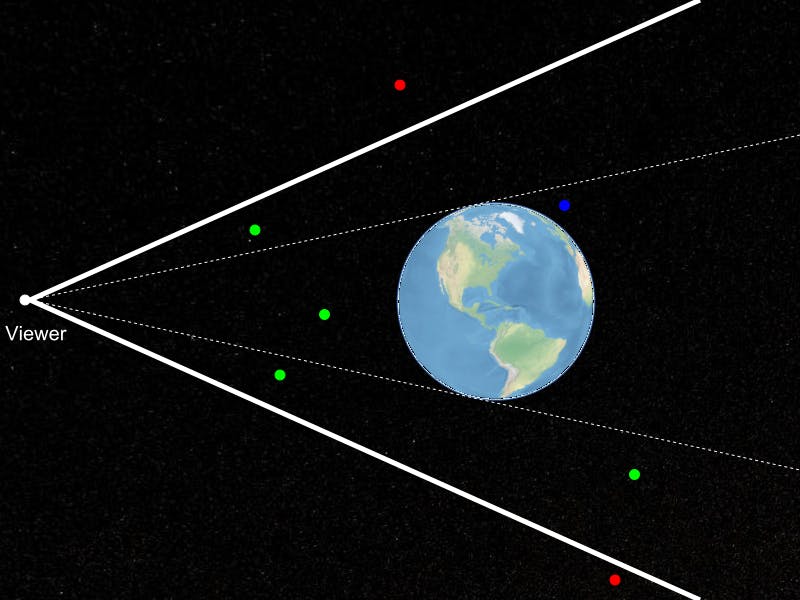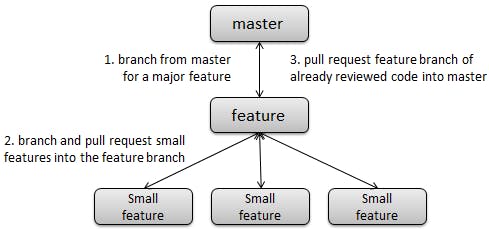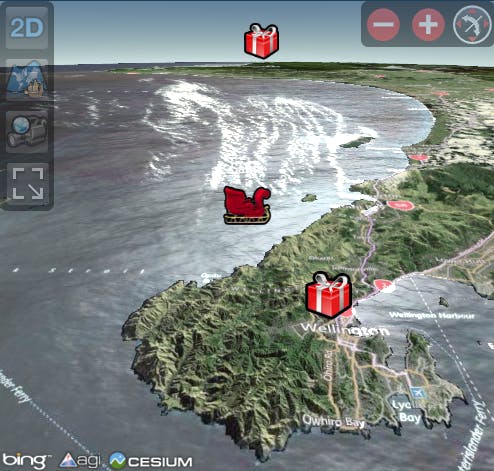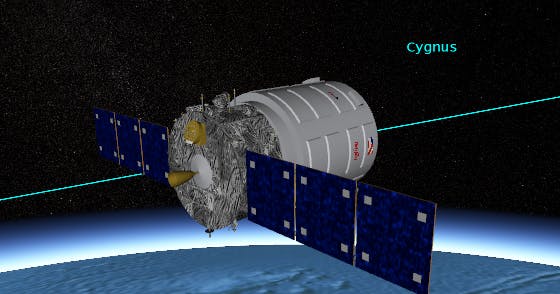Best of the Cesium Blog - Year One
We started the Cesium blog a year ago as a way to publish Cesium news like releases and conference trip-reports, and tech content like tutorials and implementation details. This birthday post compiles the most prominent articles of the past year.
Tech Articles
Robust Polyline Rendering with WebGL
Drawing polylines with nicely connected line segments and custom shading and width is surprisingly hard in WebGL, the graphics API Cesium uses. This article explains how we do it, with a focus on the vertex shader that dynamically positions each polyline point.

Horizon Culling
Horizon culling is a technique that virtual globes use to improve performance by not drawing objects behind the globe. In particular, terrain significantly benefits from horizon culling.
This article and its follow-up explain how we implemented horizon culling. To the best of my knowledge, no engine does this as well as Cesium.

GitHub Pull Request Workflows
We are big fans of GitHub pull requests for code reviews. This article describes the various workflows we use with a focus on handling large changes.

Apps and Demos
Norad Tracks Santa Tech Preview
NORAD Tracks Santa used Cesium for the 3D web map for visualizing Santa’s location last Christmas Eve. This received millions of hits, which shows Cesium’s stability.
This article explains how Cesium was used, including efficiently drawing the terrain, water, and sky. We also wrote a more detailed article for the Mozilla Hacks blog.

Cesium at the International Space Apps Challenge
Several of us attended the 2013 NASA International Space Apps Challenge hackathon to create a Cesium app. This article describes the app we built in a weekend, EarthKAM Explorer, and a bit about the hackathon itself. EarthKAM Explorer took second place in the Philadelphia judging, and received an honorable mention for Best Use of Data in the global judging.

Cygnus Mission Demo
AGI worked with Orbital Science to use Cesium to visualize Orbital’s Cygnus spacecraft mission to the International Space Station. This article provides tech details including 3D models, reference frames, and CZML.

For more Cesium apps, see the user stories section of our blog.
Tutorials and Releases
We also published five tutorials and 12 Cesium releases - yes, that is consistently one release a month.
In the future, we will see more tutorials - and releases, of course - and more tech articles on the blog.